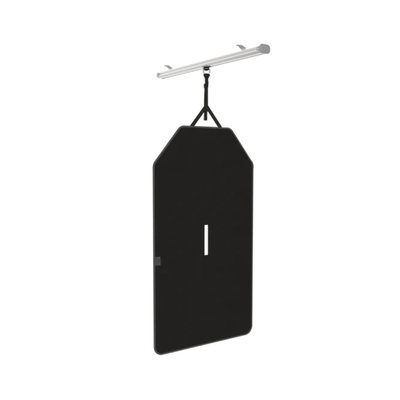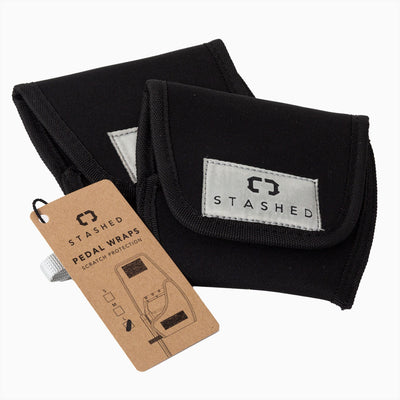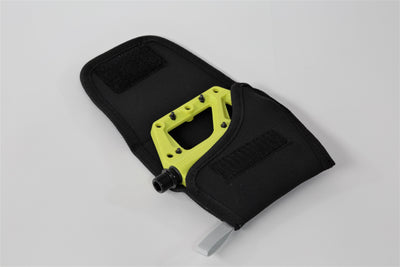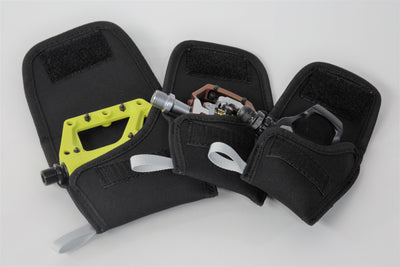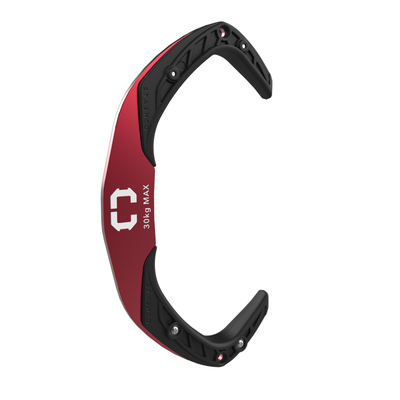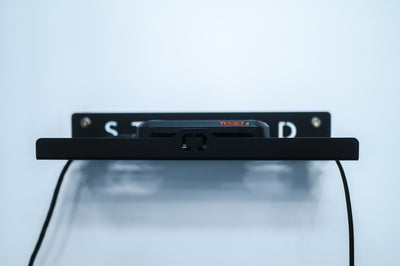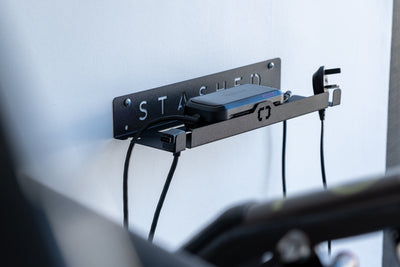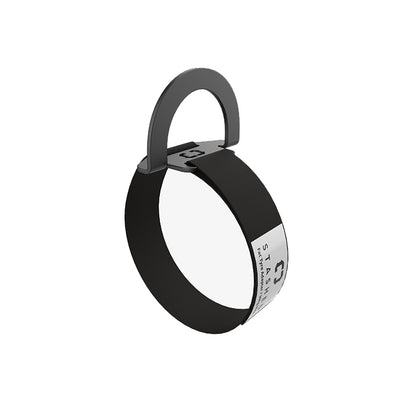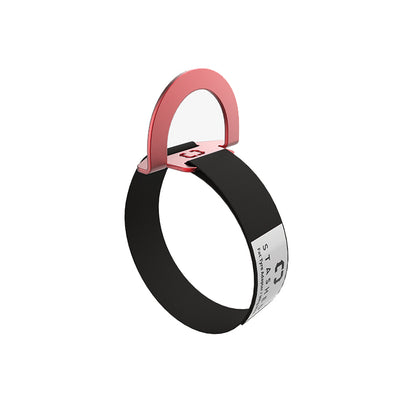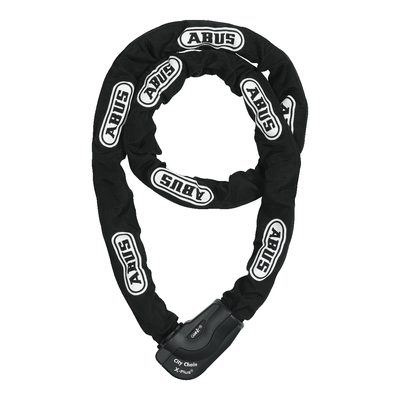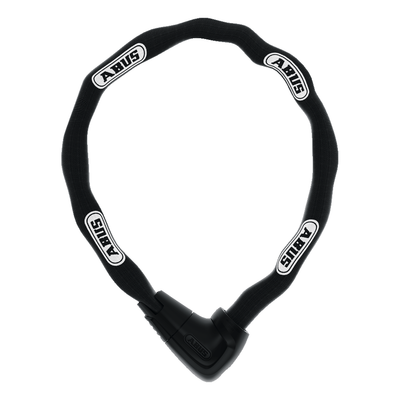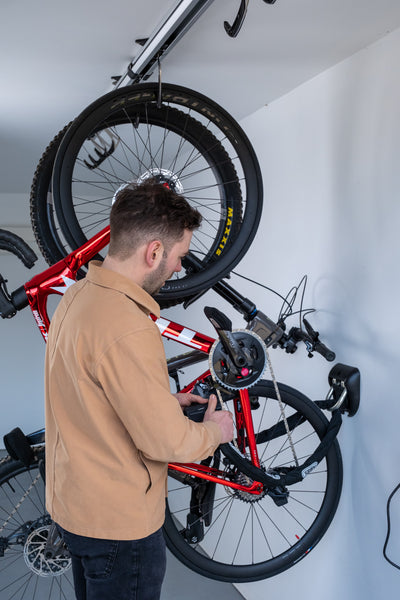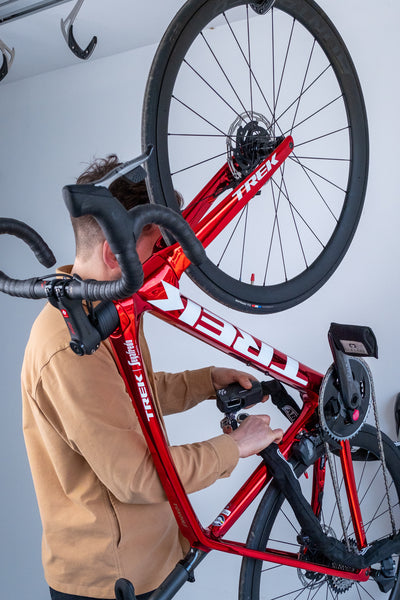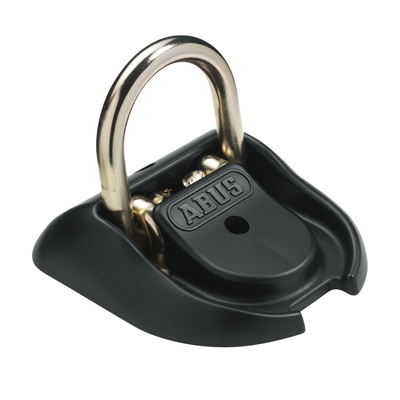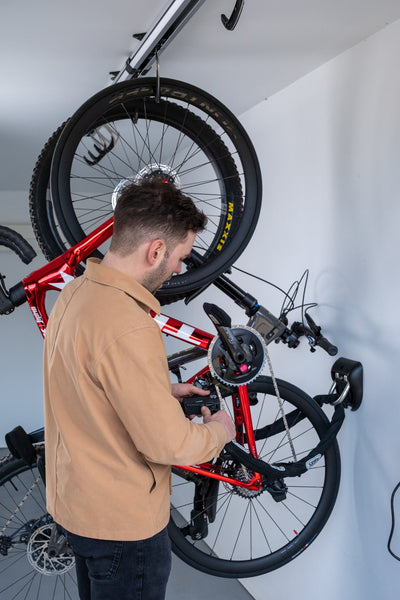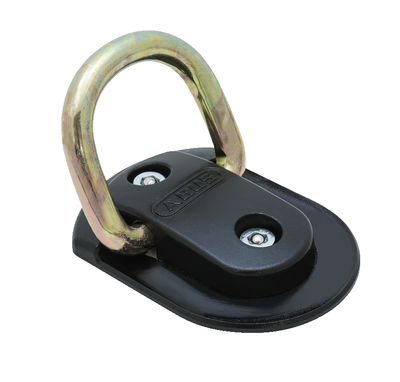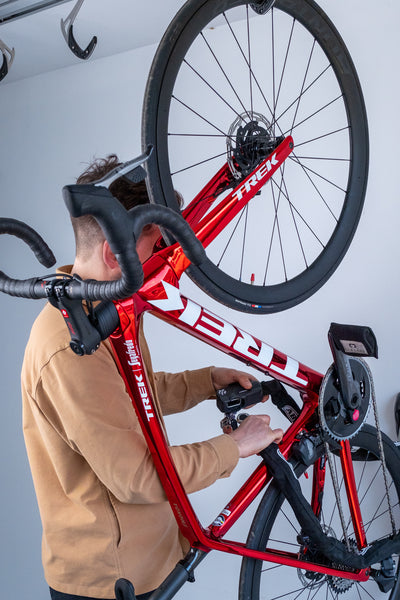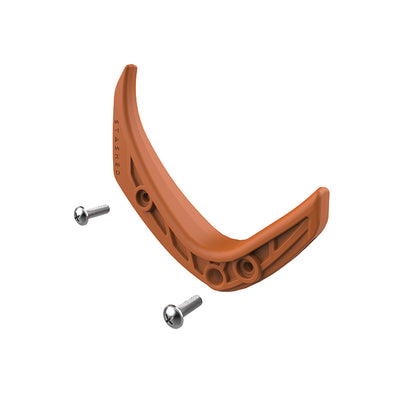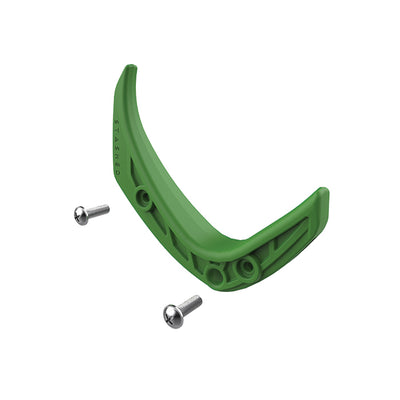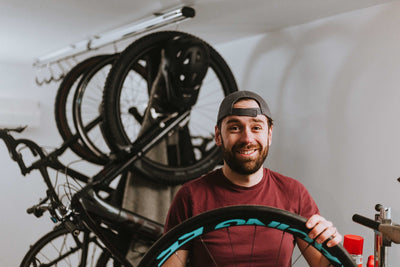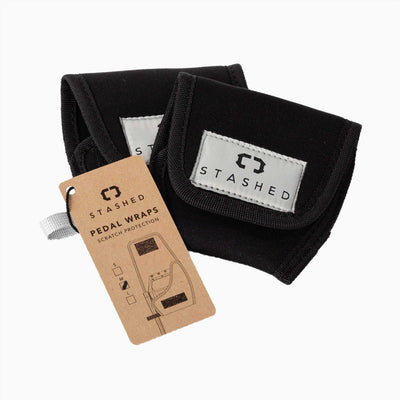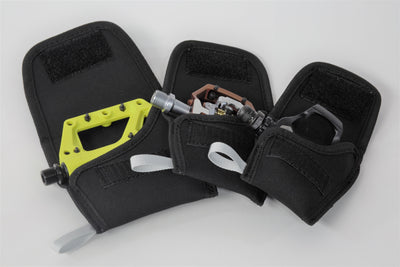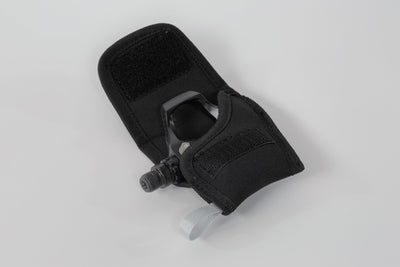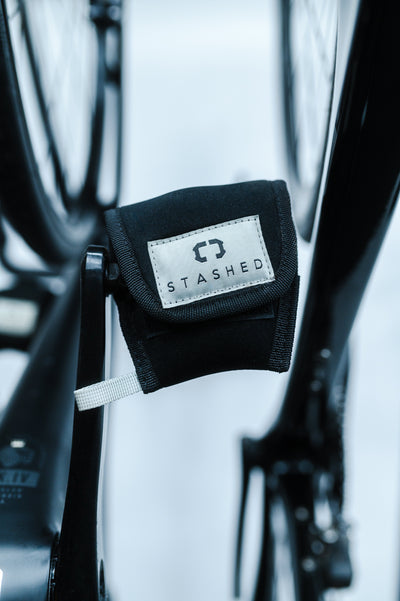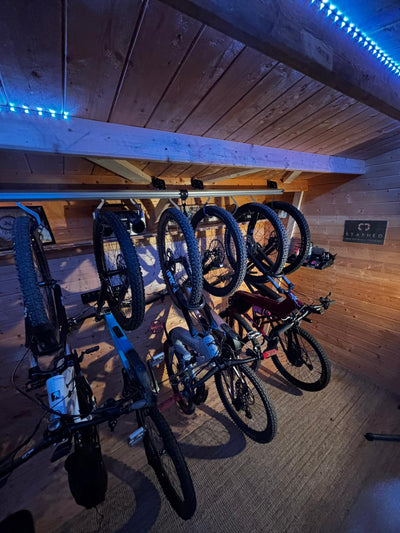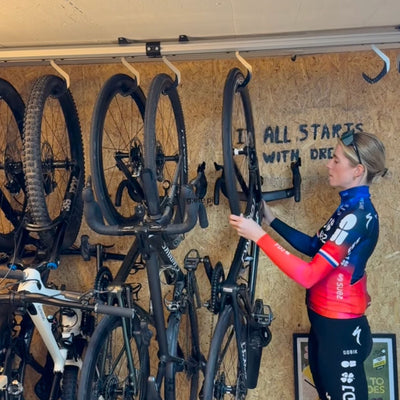The Inception of the LaunchPad
The LaunchPad began with a simple observation in R&D
When bikes move, they can touch.
The SpaceRail already allows riders to slide multiple bikes along the rail in one smooth motion. It is efficient, space saving and makes organising a bike space easy. But with movement comes a new variable. Bikes can sway slightly. Frames can rotate. Pedals or derailleurs can swing toward another bike as everything shifts on the rail.
Nothing dramatic. But enough to make contact.
If you have multiple bikes on the system, especially premium or carbon frames, that small moment of contact is enough to leave a mark.
The question became
How do we keep all the benefits of rail movement while removing the risk?

Observing real use
During internal testing and user trials, the team pushed the system beyond typical use. Bikes were loaded and unloaded repeatedly. They were slid together quickly and then spaced apart again. We tested road bikes, mountain bikes, full suspension, hardtails, even bikes with long mechs and wide handlebars.
The benefit was clear
Movement is what makes the system efficient.
But movement also introduces the possibility of frames touching each other at key points like cranks, axles and derailleurs.
That insight triggered the development of the LaunchPad.
R&D and prototyping
The first step was experimenting with padding. We tested multiple thicknesses and foam densities. The challenge was balance. The material needed to absorb impact without feeling bulky or getting in the way.
After many iterations, 3 mm foam proved ideal.
It cushions contact while still allowing the pad to conform around different frame shapes and components.
Next came material selection. The outer needed to be durable, smooth and easy to clean. Laminated fabric became the obvious choice. It is tough, resists workshop dirt and wipes down easily.
The LaunchPad also needed to work for every bike, from a slender road frame to a wide enduro build. A height adjustment buckle solved that, allowing riders to position it exactly where protection is needed, no matter the bike size or geometry.
Finally, to keep the pad sitting neatly, a stiffener panel was added to the upper section. This prevents sagging and maintains a clean, tidy appearance in the bike space.

Making protection automatic
The last major challenge was attachment.
In early prototypes, the pad clipped into place. It worked, but it meant the rider had to think about positioning the pad manually every time bikes were moved.
The team wanted something better
Protection that required no action from the rider.
The breakthrough was integrating the LaunchPad into a slider that sits directly inside the SpaceRail. The pad now moves automatically with the bike. When bikes are spaced out or gathered together, the LaunchPad follows, always sitting in the correct place between frames.
You move your bikes
The protection moves with them.

The result
The LaunchPad is a simple solution:
-
Protects frames from accidental bumps during storage
-
Cushions contact points like cranks and derailleurs
-
Adjusts to fit any bike
-
Stays neat and straight thanks to its internal stiffener
-
Moves automatically with the bike along the rail
No clipping. No adjusting. No extra thought.
In short
The LaunchPad lets riders enjoy the full benefit of rail movement without worrying about bikes touching.
It is bike protection, built into the flow of the system.

